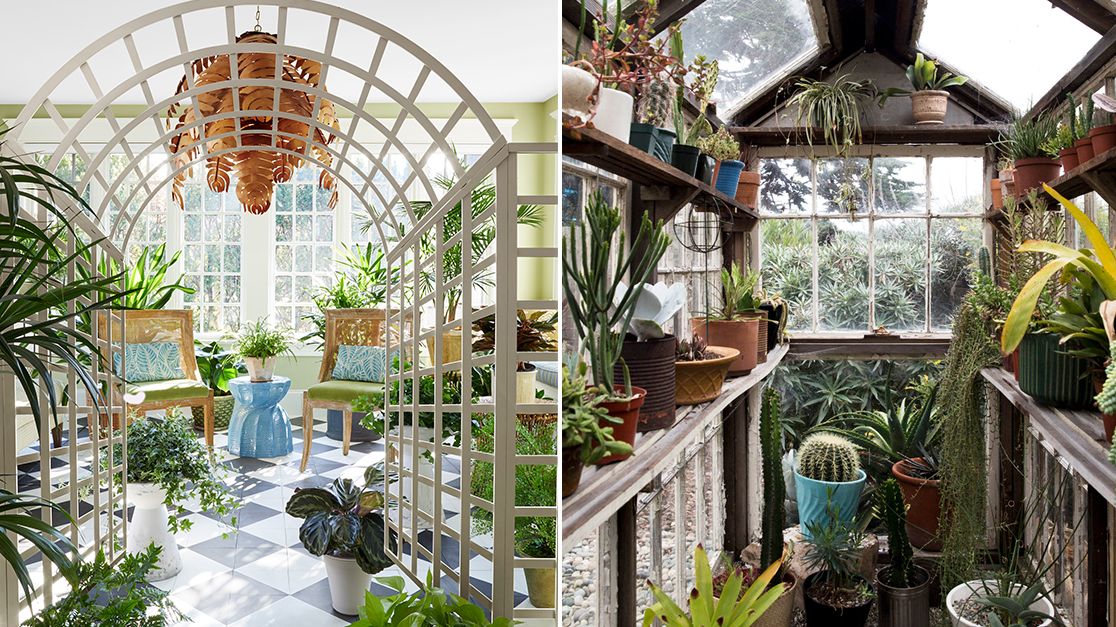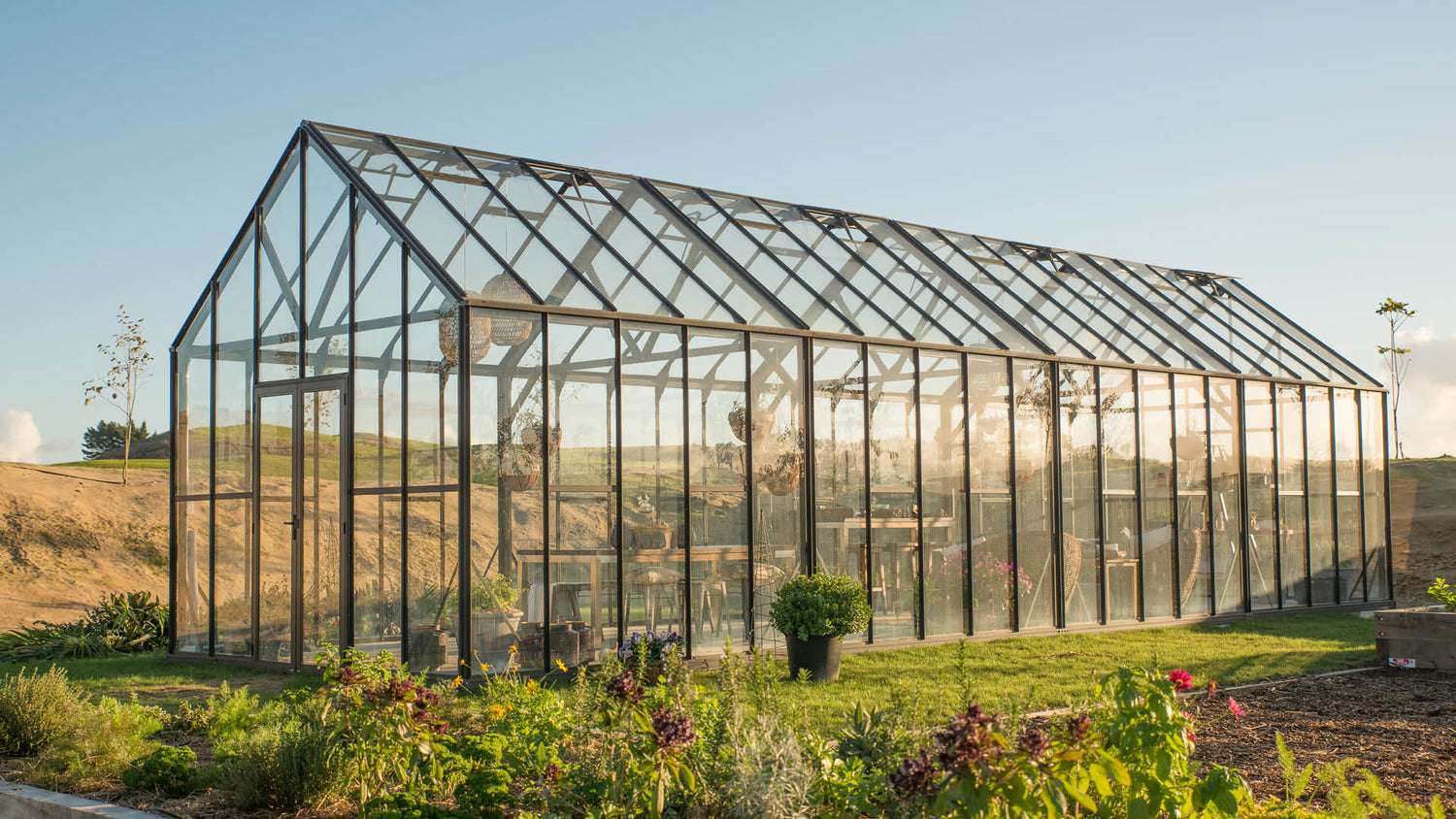Greenhouse Style: Developing an Eco-Friendly Growing Area
Are you interested in developing an environment-friendly growing room? Learn how to design a greenhouse that optimizes natural light, preserves water, and includes sustainable energy resources. By choosing sustainable materials and applying energy-efficient home heating and cooling down systems, you can produce a greenhouse that is both efficient and ecologically mindful. Discover the crucial elements of greenhouse layout that will certainly aid you produce a thriving and sustainable growing room.
Selecting Sustainable Materials
When designing your environmentally friendly greenhouse, focus on sustainability by thoroughly choosing products that are environmentally-friendly and advertise power efficiency. Among the most vital facets of producing an environment-friendly greenhouse is selecting lasting products. By choosing materials that have a minimal impact on the setting, you can reduce your carbon impact and add to a much more lasting future.
Begin by considering the products utilized for the structure of your greenhouse. Try to find options such as sustainably harvested timber or recycled materials. These options not just minimize the need for brand-new sources yet additionally stop waste from ending up in landfills. In addition, think about using materials that have a high thermal mass, such as rock or concrete, as they can aid control the temperature level inside the greenhouse, reducing the need for extreme home heating or air conditioning.
Another crucial variable to take into consideration is the glazing product for your greenhouse. Select materials that supply superb insulation residential or commercial properties, such as double- or triple-pane glass or polycarbonate panels. These materials can help trap warmth inside the greenhouse, minimizing the quantity of power required for home heating during cooler months.
Furthermore, when selecting materials for the inside of your greenhouse, choose sustainable options such as bamboo or recovered timber for shelving and benches. These materials are not only durable however also promote the liable use of sources.
Optimizing All-natural Light
To make the most of all-natural light in your environmentally friendly greenhouse, prioritize the critical placement of skylights and home windows to maximize sunlight direct exposure throughout the day. When determining on the placement of home windows, think about the course of the sunlight throughout the day and how it will certainly impact the various locations of your greenhouse.
Skylights are another reliable way to make the most of natural light. They allow sunshine to enter from above, giving an additional source of light for your plants. When mounting skylights, consider their dimension and placement. Bigger skylights will enable much more light to get in, however make certain they are not as well large that they create extreme heat or glare. Placement them in areas where they can supply straight sunlight to your plants without casting darkness on various other locations.
Implementing Energy-Efficient Home Heating and Air Conditioning Solutions
To even more enhance the power effectiveness of your green greenhouse, consider applying energy-efficient heating and cooling systems. These systems play Monarch Greenhouse Sheds Utah an essential duty in keeping optimum temperature and humidity degrees for your plants, while reducing power intake and minimizing your greenhouse's carbon impact.

This permits for the exchange of fresh air and helps manage the temperature level inside the greenhouse. These systems utilize less energy compared to conventional air conditioning systems and can successfully reduce the temperature level inside the greenhouse.
Water Preservation Strategies
To further improve the energy performance of your environmentally friendly greenhouse and continue lowering its environmental influence, it is crucial to execute reliable water preservation techniques. Water is a priceless resource, and with the appropriate approaches, you can minimize your greenhouse's water usage while still offering ideal conditions for your plants.
One way to preserve water is by making use of a drip watering system. Additionally, mounting a rain harvesting system can aid capture and keep rainwater for later usage in your greenhouse.
An additional strategy is to mulch your plants. Including a layer of natural product around the base of your plants aids maintain dampness in the soil, minimizing the need for constant watering. Furthermore, think about making use of a water-efficient potting mix that maintains dampness while still offering ample drain.
Last but not least, monitor your greenhouse's water use consistently. By keeping an eye on just how much water you are utilizing, you can determine areas for enhancement and make essential adjustments.
Incorporating Renewable Resource Resources

Verdict
Finally, by applying sustainable products, making best use of natural light, making use of energy-efficient heating and cooling down systems, practicing water conservation techniques, and integrating renewable resource resources, you can create an eco-friendly greenhouse design. This will certainly not only benefit the setting yet also advertise healthy and balanced and lasting plant growth. Go in advance and make a favorable influence on the planet by creating an environment-friendly growing room.
When developing your environmentally friendly greenhouse, focus on sustainability by very carefully choosing materials that are environmentally-friendly and advertise energy performance. These materials can aid catch heat inside the greenhouse, lowering the quantity of energy needed for heating during chillier months.
These systems use less power contrasted to traditional air conditioning devices and can effectively reduce the temperature inside the greenhouse.
You can include eco-friendly energy sources right into your greenhouse layout to make it more lasting and environmentally friendly.In conclusion, by implementing sustainable products, making best use of all-natural light, making use of energy-efficient heating and cooling systems, practicing water conservation strategies, and incorporating sustainable power resources, you can develop a green greenhouse layout.